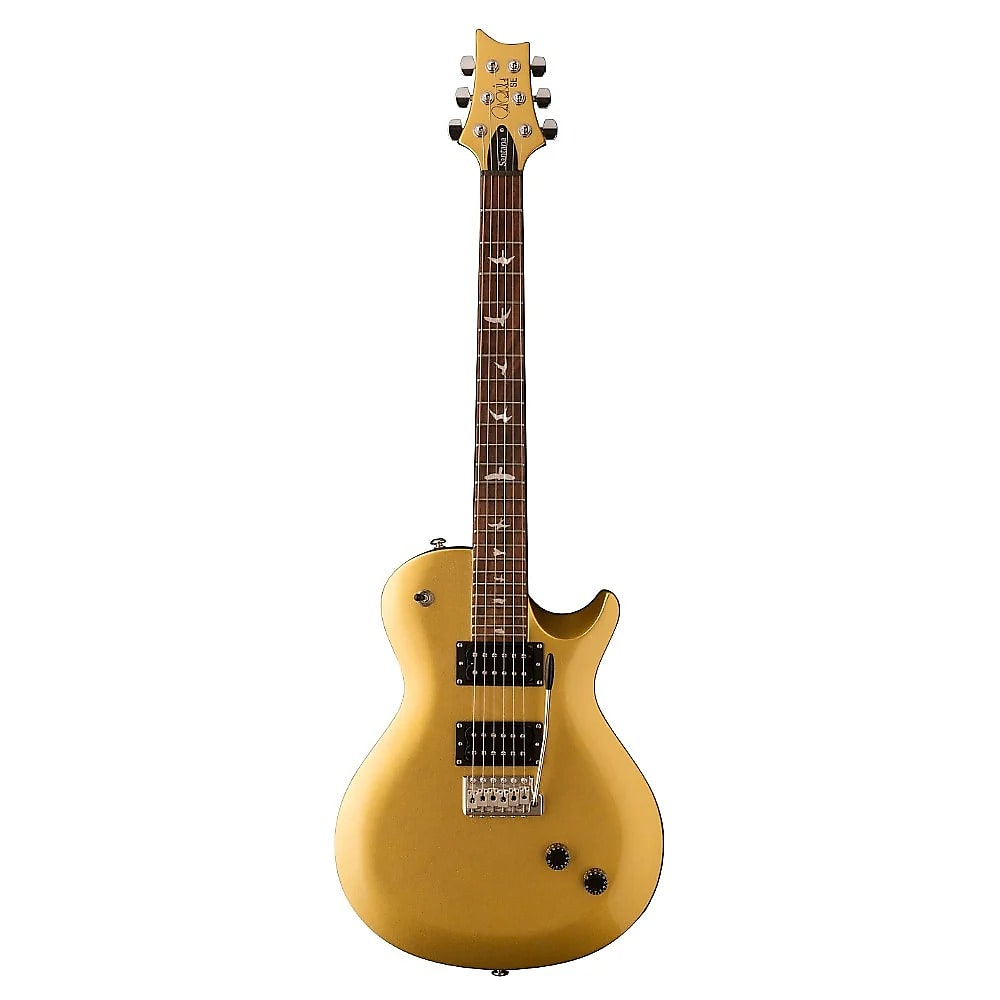The last new 24 fret PRS design was the core Mira, and that was a good 15 years ago now. Since then, all of PRS Guitars' new designs have been 22 frets, and when the Mira was downgraded to the cheaper "X" model, it became a 22 fret design, and stayed that way as an S2/SE model.
I've said before that I think part of what makes a PRS design unique is the 24-fret 25" scale neck. I don't like that the Singlecuts are now not only just 24.5 scale with a two piece bridge but that that format has bled over to the McCarty as well (I do know that the original McCarty design is still available and I am grateful for that even if it's not my style of guitar). I think that if Singlecut players want a SC that feels more like a Les Paul, they should just buy a Les Paul and let PRS be PRS.
There are many advantages to having a full two-octave fretboard. It can help the player navigate above the 12th fret when playing leads because they can see a symmetry between the octaves. It also helps playing leads in the keys of A, B or E to be able to just fret the high E instead have having to bend up to it. I personally have a song with an tremolo picked ascending octave part on the 5th and 3rd string that's easier to play up the neck instead of having to switch over to the 4th and 2nd strings. It make the neck pickup useful for more then just legato playing and jazz chords. I know some have complained that it doesn't sound "right" (read: not like it did on records from the 1960s/70s) or that it gets in the way of their picking hand, but these are issues with the player, not the guitar itself.
Some might be glad PRS are embracing tradition more and more. But the PRS guitar design of 1985 did not join the lexicon of iconic solidbody electric guitars alongside the Strat, Telecaster, Jazzmaster/Jaguar, Les Paul, SG, Flying V, Explorer and Firebird by being a superstrat with a fancy wood top or a Les Paul with better upper fret access and a vibrato bar. It was a new, forward-thinking design that combined the best of what had come before while introducing new ideas.
I'm not saying there shouldn't be any 22-fret 24.5" scale PRS guitars at all if that's what some people want. But if people think they should bring back the Custom/CE 22, then I say they should also offer production versions of the Studio and 509 with 24 frets.
I've said before that I think part of what makes a PRS design unique is the 24-fret 25" scale neck. I don't like that the Singlecuts are now not only just 24.5 scale with a two piece bridge but that that format has bled over to the McCarty as well (I do know that the original McCarty design is still available and I am grateful for that even if it's not my style of guitar). I think that if Singlecut players want a SC that feels more like a Les Paul, they should just buy a Les Paul and let PRS be PRS.
There are many advantages to having a full two-octave fretboard. It can help the player navigate above the 12th fret when playing leads because they can see a symmetry between the octaves. It also helps playing leads in the keys of A, B or E to be able to just fret the high E instead have having to bend up to it. I personally have a song with an tremolo picked ascending octave part on the 5th and 3rd string that's easier to play up the neck instead of having to switch over to the 4th and 2nd strings. It make the neck pickup useful for more then just legato playing and jazz chords. I know some have complained that it doesn't sound "right" (read: not like it did on records from the 1960s/70s) or that it gets in the way of their picking hand, but these are issues with the player, not the guitar itself.
Some might be glad PRS are embracing tradition more and more. But the PRS guitar design of 1985 did not join the lexicon of iconic solidbody electric guitars alongside the Strat, Telecaster, Jazzmaster/Jaguar, Les Paul, SG, Flying V, Explorer and Firebird by being a superstrat with a fancy wood top or a Les Paul with better upper fret access and a vibrato bar. It was a new, forward-thinking design that combined the best of what had come before while introducing new ideas.
I'm not saying there shouldn't be any 22-fret 24.5" scale PRS guitars at all if that's what some people want. But if people think they should bring back the Custom/CE 22, then I say they should also offer production versions of the Studio and 509 with 24 frets.
Last edited:


